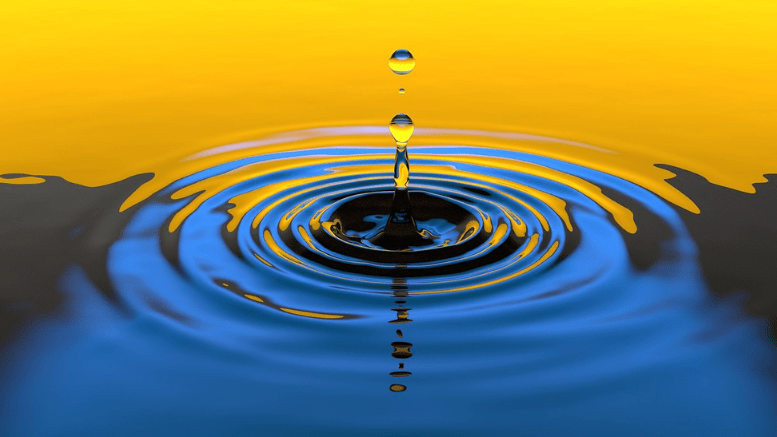
♻️ From Waste to Worth: Why We Need a Circular Economy
The big picture: The way we make, use, and dump stuff is wrecking the planet — and our health.
The problem
Our current model is take → make → throw away. That means:
- Toxic production: Chemicals and fossil fuels used in plastics, metals, textiles
- ️ Air + water pollution: Linked to asthma, cancer, hormonal disorders
- ️ Mountains of waste: Over 90% of materials end up in landfills, oceans, or incinerators
- Planetary overload: We’re consuming 1.7 Earths worth of resources every year
Why it matters: Extraction-driven economies don’t just drain resources — they drain community health and wealth.
The solution: Circular economy
A circular economy flips the script. It’s a system where nothing becomes waste and everything is designed to stay in use.
Here’s how:
- Design out waste — products built for repair, reuse, or recycling
- Keep materials in play — sharing platforms, refurbishing, remanufacturing
- Regenerate nature — composting, bio-based materials, ecosystem restoration
Key example: Aluminum cans that get infinitely recycled… clothes that get remade… food scraps that become soil, not methane.
What it means for us
- Cleaner air, water, and communities
- More green jobs in repair, remanufacturing, and materials recovery
- ⚙️ Lower costs through reuse + shared ownership
- Big drops in emissions (up to 45% from industries like steel, cement, plastics)
Yes, but…
This isn’t just recycling. It’s reimagining the entire system — from product design to business models to how we value resources in the first place.
Next up at The Conference for Our Future:
“Circular Economies in Action” — featuring toolkits, community pilots, startup models, and policy shifts that move us from extraction to regeneration.
Bottom line:
Linear systems destroy health.
Circular systems restore it — and unlock our potential.
Join us. Let’s build the loop that builds a livable future.